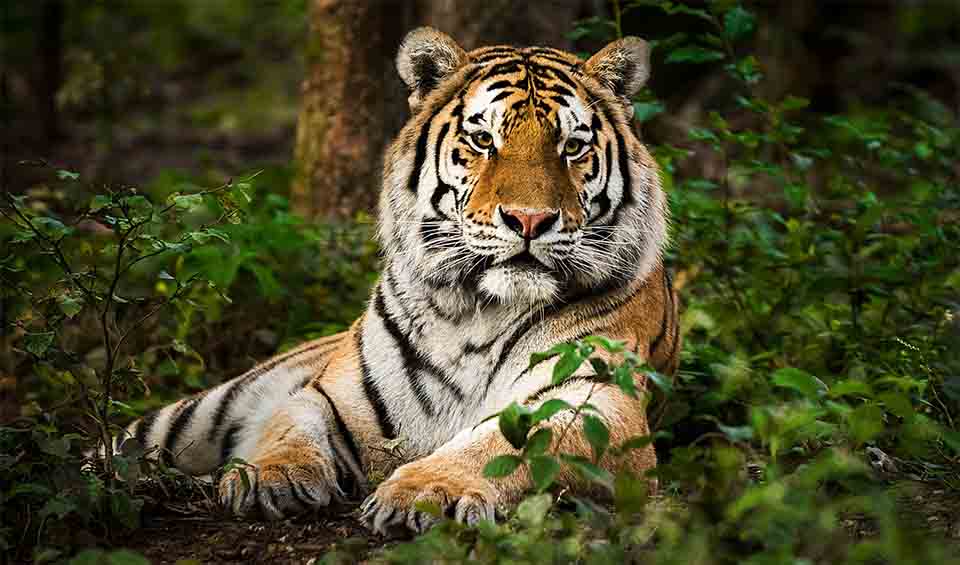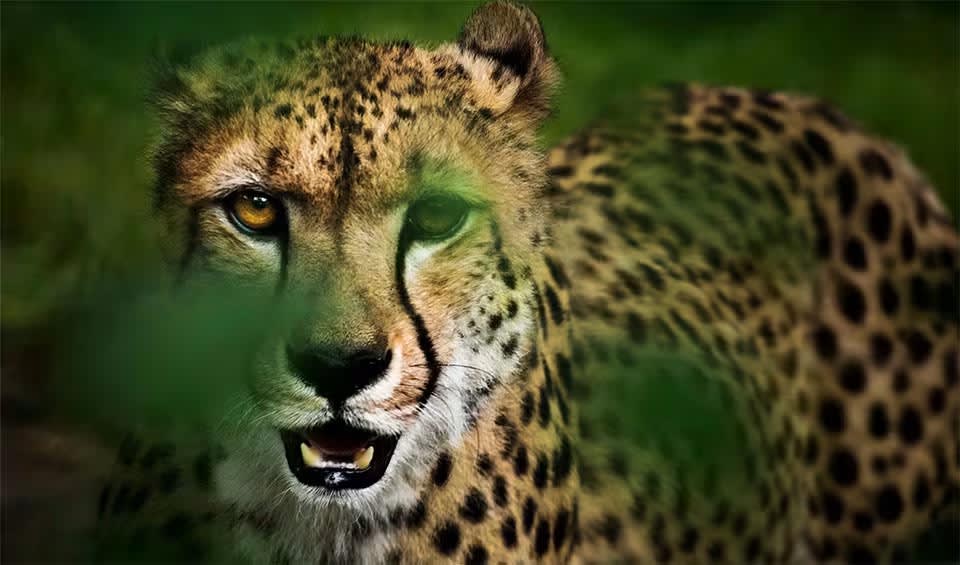One of nature’s most impressive travelers, known for its incredible journey between freshwater rivers and the open ocean. What makes it truly special, even among other members of the salmon family, is its ability to survive multiple spawning cycles. While many Pacific salmon species die after spawning once, Atlantic salmon can journey back to the ocean and return in future years to spawn more than once. This gives them a chance to pass on their genes more than once, making them more resilient in the long term. They’re also known for their sleek silver bodies, strong tails, and sharp instincts, which help them cover thousands of miles across the Atlantic Ocean and back.
One of the Atlantic salmon’s most remarkable traits is its homing instinct. After spending one to four years growing in the ocean, it returns to the exact river—and sometimes even the same stream—where it was born. Scientists believe they combine the Earth’s magnetic field and an incredibly powerful sense of smell to find their way back. During this homecoming, they transform: their bodies darken, their snouts curve into hooks, and their energy fully focuses on the mission to spawn.
Another thing that sets the Atlantic salmon apart is how varied its life path can be. Not all Atlantic salmon migrate to the sea. Some populations, called landlocked salmon or ouananiche, live their entire lives in freshwater lakes and rivers. Though they never see the ocean, they still go through similar life stages, including migrating within lakes or rivers to spawn. This flexibility shows how adaptive Atlantic salmon are, making them stand out even more from their cousins, like trout or char.
Distribution
 Argentina
Argentina Australia
Australia Belarus
Belarus Belgium
Belgium Official estimate
Official estimate
 Canada
Canada Chile
Chile China
China Czechia
Czechia Official estimate
Official estimate
 Denmark
Denmark Estonia
Estonia Faroe Islands
Faroe Islands Finland
Finland France
France French Southern T.
French Southern T. Germany
Germany Greenland
Greenland Iceland
Iceland Ireland
Ireland Isle Of Man
Isle Of Man Latvia
Latvia Lithuania
Lithuania Netherlands
Netherlands Official estimate
Official estimate
 New Zealand
New Zealand Official estimate
Official estimate
 North Korea
North Korea Norway
Norway Poland
Poland Official estimate
Official estimate
 Portugal
Portugal Russia
Russia Slovakia
Slovakia Official estimate
Official estimate
 Spain
Spain Sweden
Sweden Switzerland
Switzerland Official estimate
Official estimate
 United Kingdom
United Kingdom United States
United StatesRecent Updates
- This species profile was created with the support of the Department of Wildlife, Fish, and Environmental Studies, Swedish University of Agricultural Sciences (SLU, Umeå)
Anything we've missed?
Help us improve this page by suggesting edits. Glory never dies!
Suggest an editGet to know me
Terrestrial / Aquatic
Altricial / Precocial
Polygamous / Monogamous
Dimorphic (size) / Monomorphic
Active: Diurnal / Nocturnal
Social behavior: Solitary / Pack / Herd
Diet: Carnivore / Herbivore / Omnivore / Piscivorous / Insectivore
Migratory: Yes / No
Domesticated: Yes / No
Dangerous: Yes / No




